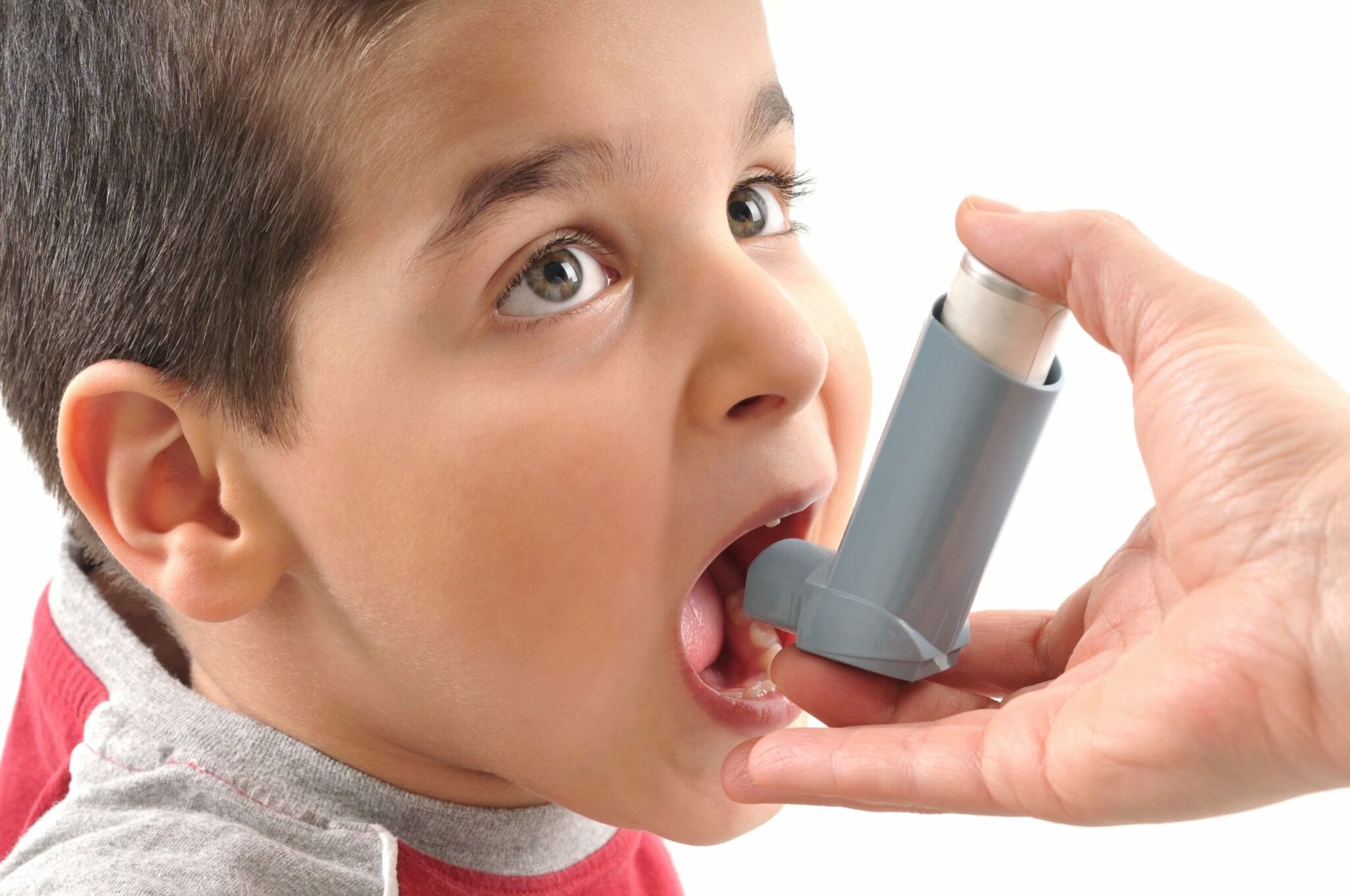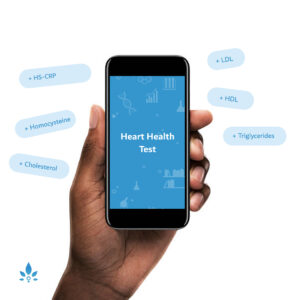What is Asthma?


Asthma is a chronic lung disorder that causes breathing difficulties. During an asthma attack, the air passages in the lung become inflamed and narrow, making breathing difficult. Children may cough, wheeze, or seem short of breath with an asthma flare. Older children with asthma may describe a feeling of chest tightness. These symptoms are often triggered by elements within the environment, exercise, or viral infections such as the common cold. Common environmental triggers include: weather changes, smoke, pet dander, and dust. Exposure to any asthma trigger causes the airways to swell and produce mucus. A hallmark of asthma is that it gets better with treatment.
Who gets asthma?
Asthma can occur at any age, although the disease is frequently seen in children. The Asthma and Allergy Foundation of America estimates that over 8% of children have asthma; it is more common among boys.
How is asthma diagnosed?
It can be difficult to diagnose asthma in children, particularly very young children. Your child’s paediatrician will need specific information regarding:
- Family history of asthma or allergies
- Medications taken and whether they help or worsen symptoms
- Asthma symptom triggers and what causes symptoms to worsen
- Symptoms, including shortness of breath, chest tightness, coughing, and wheezing
Your pediatrician will also listen to the lungs, check your child’s growth and development, and may perform a chest x-ray to rule out other conditions in order to make a diagnosis of asthma. For many young children, the most effective method of making a diagnosis is to treat with asthma medications and see if symptoms improve.
If your child’s symptoms are severe enough to warrant a hospital stay or are occurring more than once a month, your pediatrician may recommend seeing a pulmonologist. A pulmonologist is a doctor who specializes in the treatment of lung disease. A pulmonologist may use a spirometer to measure lung function in your child. A spirometer records the amount of air your child can exhale after taking a deep breath. This test is frequently performed before and after inhaling asthma medication. In this way, the pediatrician can confirm that blockages within the airway are caused by asthma and that symptoms fade after treatment.
Reviewed by Dr. Kristie Rivers, November 2018
Sources:
- American Academy of Pediatrics, Diagnosing Asthma.
- American Academy of Pediatrics, Diagnosing Asthma in Very Young Children.
- Asthma and Allergy Foundation of America, Asthma Facts and Figures.
- American Lung Association, Learning More About Asthma.
Powered by Bundoo®












































